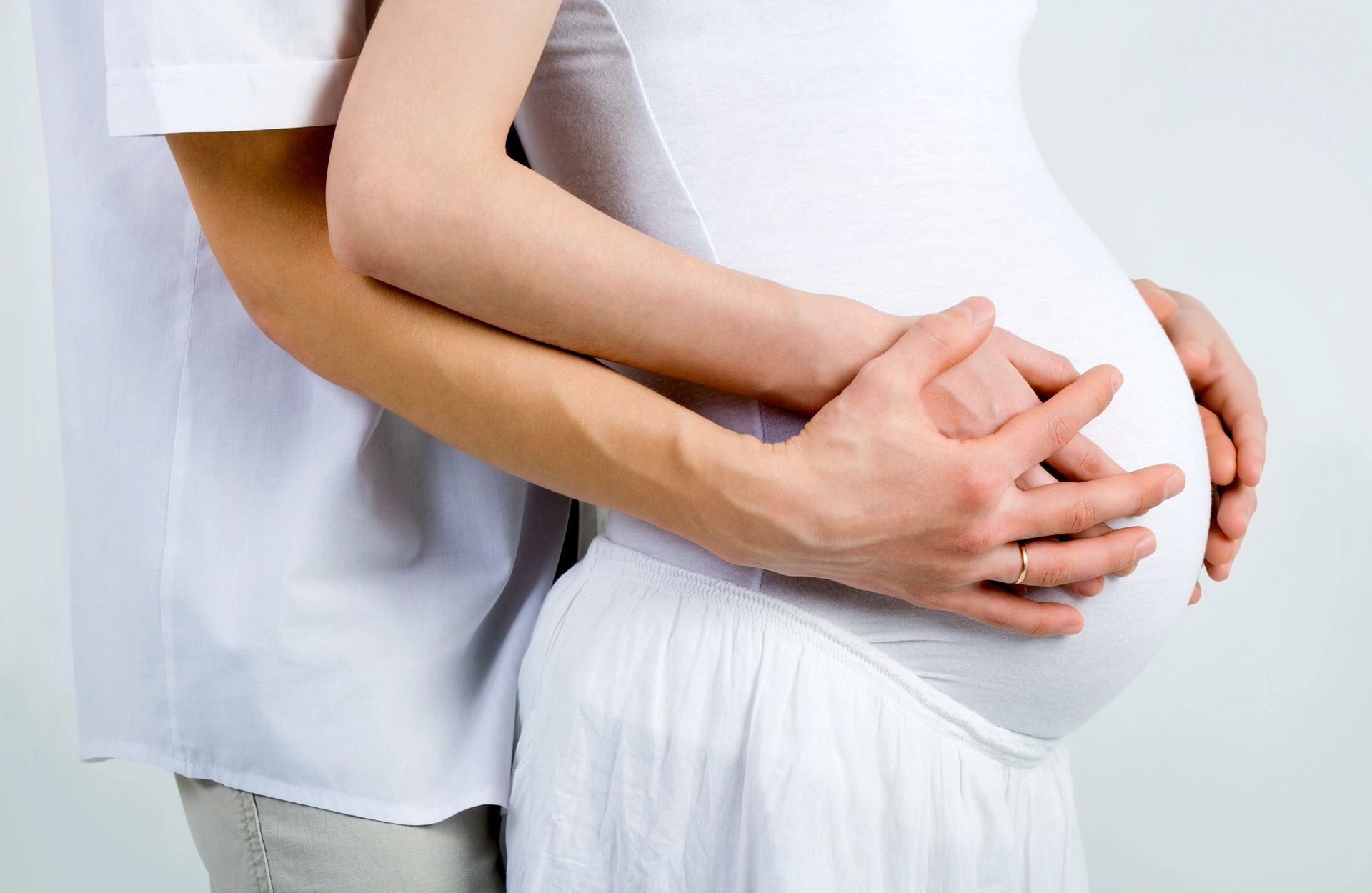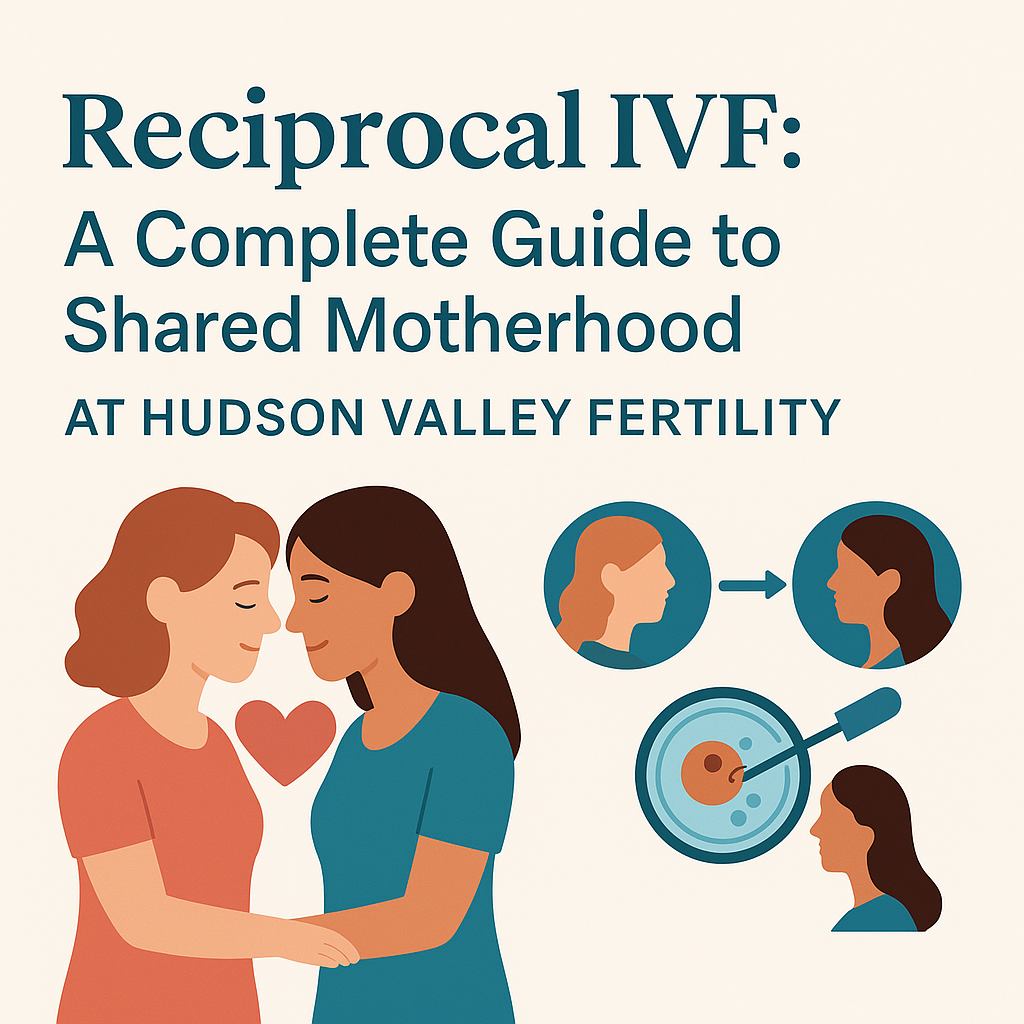Are you preparing for an embryo transfer and feeling uncertain about the seemingly simple task of drinking water beforehand? You're not alone. Many individuals undergoing fertility treatments find themselves puzzled by the instructions to arrive with a "full" or "fairly full" bladder. This comprehensive guide aims to demystify the process, explaining why proper hydration is crucial for a successful embryo transfer and how to achieve the ideal bladder fullness without discomfort.
Embryo transfer is a pivotal moment in the journey of assisted reproduction. It's the culmination of weeks, sometimes months, of preparation, hope, and medical intervention. While the procedure itself is relatively quick and painless, the steps leading up to it, including proper hydration, play a significant role in its success. Understanding the science behind the requirement for a full bladder and learning how to manage your fluid intake can help alleviate anxiety and contribute to a smoother transfer experience.
In this article, we'll explore the reasons behind the full bladder requirement, discuss optimal hydration strategies, and provide practical tips to help you achieve the right level of bladder fullness. We'll also address common concerns and offer advice on how to handle various scenarios that may arise during this crucial phase of your fertility treatment.
Whether you're a first-timer or have been through the process before, this guide will equip you with the knowledge and confidence to approach your embryo transfer day with ease. Let's dive into the details of this often-overlooked aspect of fertility care and ensure you're well-prepared for this significant step towards parenthood.
The Science Behind the Full Bladder Requirement
Understanding why a full bladder is necessary for an embryo transfer can help alleviate concerns and emphasize the importance of following hydration instructions. The requirement isn't arbitrary; it's based on sound medical reasoning that directly impacts the success of the procedure.
Anatomical Considerations
The position of the uterus plays a crucial role in the embryo transfer process. In most individuals, the uterus tilts slightly forward, creating a curve that the catheter must navigate. A full bladder helps to straighten this path, making it easier for the medical professional to guide the catheter to the optimal location within the uterus.
When the bladder fills with urine, it expands and presses against the uterus. This gentle pressure causes the uterus to shift into a more horizontal position. The change in uterine orientation is beneficial for several reasons:
- It provides a straighter path for the catheter, reducing the risk of trauma to the cervix or uterine lining.
- It allows for more precise placement of the embryo within the uterus.
- It minimizes the chances of the catheter meeting resistance or taking an unintended route.
Enhanced Visualization
Another critical aspect of having a full bladder during embryo transfer is the improved ultrasound visibility it offers. During the procedure, ultrasound guidance is used to ensure accurate placement of the embryo. A full bladder acts as a natural acoustic window, enhancing the clarity of the ultrasound image.
The fluid in the bladder creates a contrast that allows for:
- Better visualization of the uterine cavity
- Clearer delineation of the endometrial lining
- More precise identification of the optimal transfer location
This improved visibility enables the medical team to confirm the exact placement of the embryo, which is crucial for increasing the chances of implantation and subsequent pregnancy.
Reduced Uterine Contractions
Interestingly, a moderately full bladder can also help in reducing uterine contractions during and immediately after the transfer. Uterine contractions can potentially interfere with embryo implantation, so minimizing them is beneficial. The gentle pressure exerted by the full bladder on the uterus can have a calming effect, potentially creating a more stable environment for the embryo in the critical hours following transfer.
Optimizing Embryo Environment
The slight change in uterine position caused by a full bladder may also contribute to creating an optimal environment for the embryo. By altering the angle of the uterus, it's believed that the embryo is more likely to settle into a favorable location within the uterine cavity, potentially increasing the chances of successful implantation.
Understanding these scientific principles behind the full bladder requirement can help patients appreciate the importance of following hydration guidelines. It's not just about drinking water; it's about creating the best possible conditions for a successful embryo transfer. In the next sections, we'll explore how to achieve this ideal state of bladder fullness without causing undue discomfort or stress.
Determining the Right Amount of Water
Achieving the optimal level of bladder fullness for an embryo transfer can feel like a delicate balancing act. Too little water, and you may not reap the benefits of improved uterine positioning and enhanced ultrasound visibility. Too much, and you risk discomfort that could interfere with the procedure. Let's break down how to determine the right amount of water to drink before your embryo transfer.
Understanding "Comfortably Full"
The goal is to achieve a state often described as "comfortably full" or "uncomfortably full." This means your bladder should feel noticeably full, but not to the point of extreme urgency or pain. Here's how to gauge it:
- You should feel a definite urge to urinate, but not an overwhelming need.
- You might experience a slight sensation of pressure in your lower abdomen.
- You should be able to hold your urine without significant discomfort for at least 30 minutes.
Factors Affecting Hydration Needs
Several factors can influence how much water you need to drink to achieve the right level of bladder fullness:
- Individual Physiology: Bladder capacity varies from person to person.
- Hydration Status: If you're well-hydrated generally, you may need less water to fill your bladder.
- Caffeine Intake: Caffeine can increase urine production, affecting how quickly your bladder fills.
- Stress Levels: Anxiety can sometimes increase the urge to urinate.
- Time of Day: Your body's natural rhythms can affect fluid retention and bladder sensitivity.
General Guidelines for Water Intake
While individual needs may vary, here's a general guideline for water intake before an embryo transfer:
- Empty your bladder completely about 1-1.5 hours before the scheduled transfer time.
- Drink 16-24 ounces (about 500-700 ml) of water over the next 30-45 minutes.
- Stop drinking water about 45 minutes before the transfer.
This approach allows time for the water to reach your bladder without causing overfilling. Remember, it takes approximately 30 minutes for fluids to be processed and reach the bladder.
Signs You've Overdone It
If you've drunk too much water, you might experience:
- Intense urgency or discomfort
- Inability to focus on anything but the need to urinate
- Visible distension of the lower abdomen
In such cases, don't panic. Many clinics can perform a quick ultrasound to check your bladder fullness and may allow you to partially empty your bladder if necessary.
By following these guidelines and paying attention to your body's signals, you can achieve the right level of bladder fullness for your embryo transfer. Remember, the goal is to create optimal conditions for the procedure while maintaining your comfort. In the next section, we'll explore strategies for managing your hydration on the day of the transfer.
Hydration Strategies for Transfer Day
Proper hydration on the day of your embryo transfer is crucial for creating optimal conditions for the procedure. However, managing your fluid intake requires more than just drinking a set amount of water at a specific time. Let's explore comprehensive strategies to ensure you're well-prepared and comfortable for this important day.
Starting Your Day Right
Begin your transfer day with a focus on balanced hydration:
- Wake Up Well: Start your day by drinking a glass of water upon waking. This helps kickstart your hydration after a night's sleep.
- Balanced Breakfast: Consume foods with high water content, such as fruits or oatmeal, which can contribute to your overall hydration without overloading your system.
- Avoid Diuretics: Limit or avoid caffeine and alcohol in the days leading up to and especially on the day of transfer, as these can increase urine production and complicate bladder management.
Timing Your Fluid Intake
Proper timing is key to achieving the right level of bladder fullness:
- Gradual Approach: Instead of consuming a large amount of water all at once, drink smaller amounts consistently throughout the hours leading up to your transfer.
- Follow the 1-Hour Rule: Begin your focused hydration about an hour before your scheduled transfer time. This allows enough time for the fluids to reach your bladder.
- Taper Off: Reduce your fluid intake as you get closer to the transfer time to avoid overhydration.
Choosing the Right Fluids
Not all fluids are created equal when it comes to preparing for an embryo transfer:
- Water is Best: Plain water is the ideal choice for hydration. It's easily processed by your body and doesn't contain any substances that might irritate your bladder.
- Electrolyte Balance: If you're prone to frequent urination, consider a low-sugar electrolyte drink to help your body retain the necessary fluids.
- Avoid Carbonation: Steer clear of carbonated beverages, which can cause bloating and discomfort.
- Temperature Matters: Room temperature water is often easier for your body to process quickly compared to very cold water.
Managing Stress and Hydration
Stress can significantly impact your body's fluid retention and urge to urinate. Here are some strategies to manage stress-related hydration issues:
- Practice Relaxation Techniques: Deep breathing exercises or gentle meditation can help calm your nerves and reduce stress-induced frequent urination.
- Distraction Methods: Engage in light activities or conversation to take your mind off your bladder, especially in the waiting room.
- Positive Visualization: Focus on the positive outcome of the procedure rather than worrying about your bladder fullness.
Adapting to Clinic Schedules
Sometimes, despite careful planning, clinic schedules can run behind or ahead. Be prepared to adapt:
- Bring Extra Water: Have a small bottle of water with you in case you need to top up your hydration if there are delays.
- Communicate with Staff: Don't hesitate to inform the clinic staff if you're feeling overly full or not full enough. They can often accommodate by adjusting the schedule slightly or allowing a partial void.
- Be Flexible: If you arrive and find you're not quite full enough, most clinics have water available and can give you time to drink more if needed.
Post-Transfer Hydration
Your hydration needs don't end with the transfer:
- Gradual Return to Normal: After the transfer, slowly return to your normal fluid intake. Avoid sudden large quantities of fluid.
- Stay Hydrated: Proper hydration in the days following transfer can support your body's natural processes and potentially aid in implantation.
- Listen to Your Body: Pay attention to thirst cues and urine color to ensure you're maintaining good hydration without overdoing it.
By following these strategies, you can approach your embryo transfer day with confidence, knowing you're well-prepared to manage your hydration effectively. Remember, the goal is to create the best possible conditions for the transfer while maintaining your comfort and peace of mind. In the next section, we'll address common concerns and questions about hydration and bladder fullness during embryo transfer.
New Paragraph











